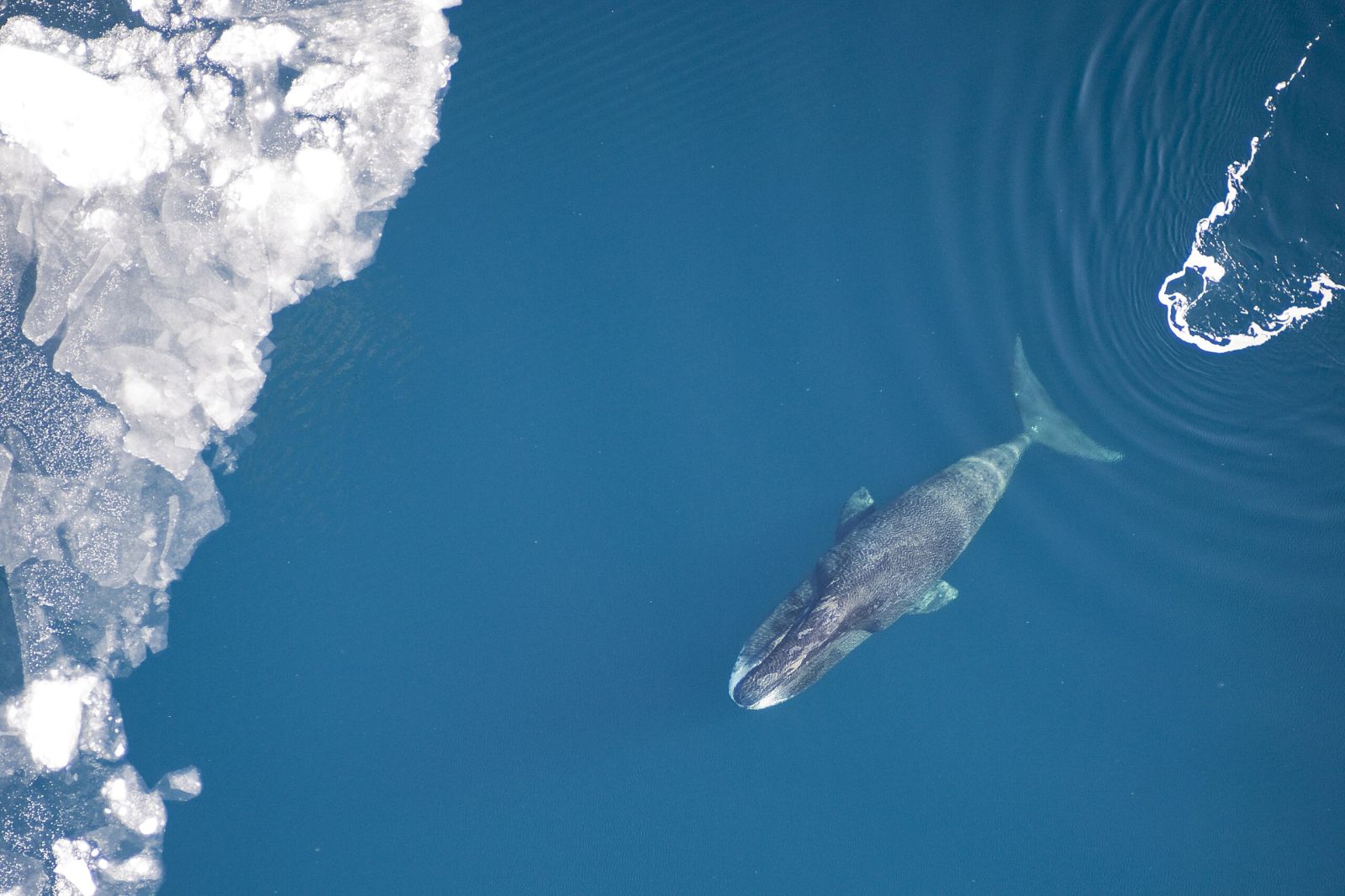Follow us on Google News (click on ☆)
Its existence fundamentally questions our understanding of aging mechanisms and opens up unprecedented perspectives on cellular resistance capabilities in the animal kingdom.
This exceptional resistance to time has led researchers to investigate the biological peculiarities of this species. Scientists from the University of Rochester focused their investigations on the molecular processes that could explain this record longevity. Their work, published in Nature, highlights a little-known but crucial protein actor in preserving genetic integrity over unusually long time scales.
The longevity paradox in giants
"Peto's paradox" provides an essential theoretical framework for understanding the biological uniqueness of large mammals. This principle states that large species, although composed of a considerable number of cells, do not show a higher incidence of cancer. The bowhead whale perfectly illustrates this phenomenon with its hundred tons (approximately 220,000 pounds) and exceptional lifespan that should normally be accompanied by an accumulation of deleterious genetic mutations.
The research team initially hypothesized that whale cells would require a greater number of genetic alterations to become cancerous. The results contradicted this assumption by revealing that these cells actually require fewer mutations than human cells to initiate a tumor process. This unexpected discovery directed investigations toward preventive rather than corrective mechanisms.
The explanation lies in the remarkable ability of whale cells to prevent the initial accumulation of DNA damage. Unlike human mechanisms that intervene after mutations appear, the bowhead whale's protective system acts upstream to maintain genomic integrity. This proactive approach represents a unique evolutionary strategy among mammals.
The CIRBP protein, guardian of the genome
Comparative analysis of proteins involved in DNA repair revealed significant quantitative differences between species. Among the various molecules studied, the CIRBP protein stood out for its exceptionally high concentration in bowhead whale cells. Researchers measured levels approximately one hundred times higher than those observed in other mammals, including humans.
This protein's main function concerns the repair of double-strand DNA breaks, one of the most serious forms of genetic damage. These breaks occur naturally during cellular aging and under the influence of environmental factors. The overabundance of CIRBP in bowhead whales gives them an accelerated and more effective ability to correct these alterations, thus limiting the accumulation of potentially pathogenic mutations.
Genetic transfer experiments validated the determining role of this protein. Introducing whale CIRBP into cultured human cells doubled their DNA repair efficiency. Complementary tests on fruit flies not only confirmed improved genetic resistance to radiation but also revealed a significant extension of their lifespan.
The regulation of this protein has a notable peculiarity: its expression increases under cold conditions. This characteristic could explain its optimization in a mammal living in Arctic waters. Researchers are now exploring potential ways to stimulate this protein in humans, whether through pharmacological or environmental approaches.
To go further: What is Peto's paradox?
Peto's paradox refers to the absence of correlation between an organism's size and its risk of developing cancer. Formulated by statistician Richard Peto in the 1970s, this concept challenges the intuition that animals with more cells should show a higher incidence of tumors.
Large animals like elephants and whales should theoretically accumulate more cancerous mutations during their existence. Their longevity further increases this probability by extending the period of exposure to mutagenic agents. Yet epidemiological observations contradict this theoretical expectation.
This apparent contradiction suggests that large species have developed compensatory mechanisms during their evolution. These biological adaptations could include more efficient DNA repair systems or additional tumor suppressor genes. Understanding these mechanisms opens promising therapeutic perspectives.
